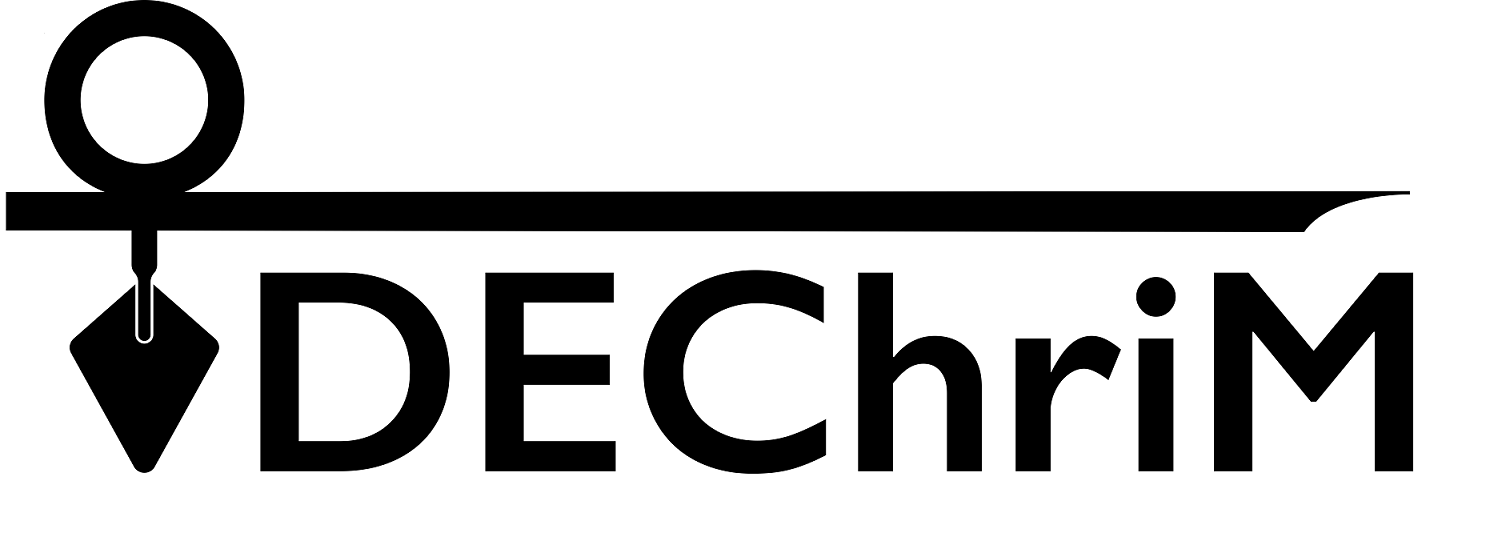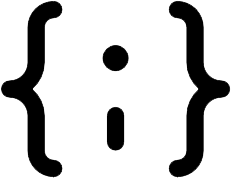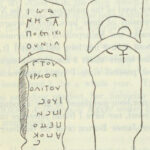| Artefact ID | 1233 |
| TM ID | TM 81597 |
| Findspot (DEChriM ID) | 65 (Ǧabal Abū Duḫān) | Class | Funerary element, Textual |
| Material | Stone |
| Writing medium | Inscription |
| Text content | Subliterary |
| Language | Greek |
| Description | I.Pan du désert 29; SB V 8163; SEG XLI 1632: Funerary epitaph of John. Stone slab, of purple porphyry, broken in two parts, measuring 60 cm long x 21 cm wide x 5.5 cm thick. The slab contains two inscriptions: (a) seven lines, clear, reading "Iohannes, from the village of Nilos in the Hermopolites" (b) four lines, starting from the opposite end of the stone, lightly scratched – apparently an illiterate attempt to copy the origo formula from the other inscription. On the back of the stone, across the present fracture, is a crux ansata. Meredith and Scaife were unsure if this tombstone belonged to an individual who died working the quarries as convict labor or was inscribed for a later anchorite who lived in the region after the quarries were no longer exploit. According to Sidebotham, Zitterkopf and Riley 1991: 576, it is unlikely that a convict would have received a tombstone; John may well have lived in the area later in the fourth century as free corvée labor working in the quarries or as a hermit. |
| Selection criteria | Christian onomastics, Christian symbols/gestures/isopsephy |
| Date from | 300 |
| Date to | 399 |
| Dating criteria | According to Bernand 1977: 74, this inscription might be contemporary with the Didymus church, see I.Pan du désert 28 and Sidebotham, Zitterkopf and Riley 1991: 576. |
| Absolute/relative date | Relative date |
| Archaeological context | Found by Scaife in 1934 (Scaife 1934: 109-110) in the cemetery area below and on a separate spur from the Lycabettos quarries. |
| Accession number | Cairo, Egyptian Museum, number unknown |


 Json data
Json data




